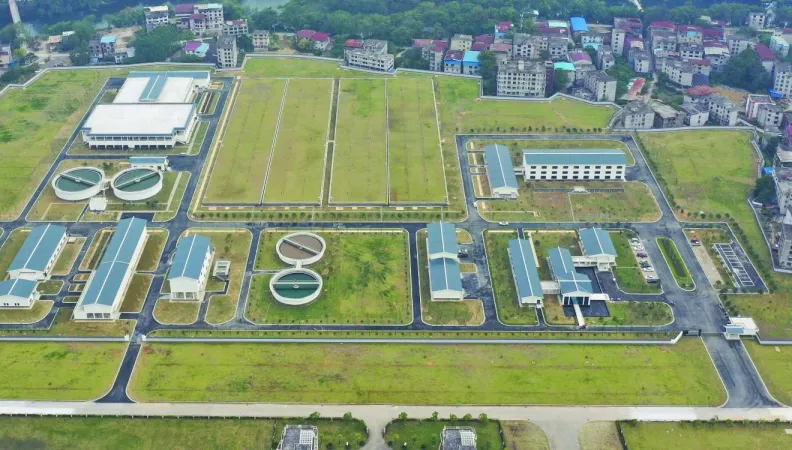Share the page
Improving drinking water supply for the city of Guilin and preserving resources
Project


-
Project start date
-
Status
Ongoing
-
AFD financing amount
-
€ 25000000
-
Country and region
-
Location
-
Guilin, Guangxi
-
Type of financing
-
Beneficiaries
-
Guilin Water Supply Company
Due to rapid urban development, the city of Guilin is facing a sharp rise in demand for water. AFD is supporting a project that will increase the drinking water treatment capacity by 200,000 m3 per day, while safeguarding the quality of water resources.
Context
The city of Guilin in Guangxi Zhuang Autonomous Region is experiencing strong population growth. This rapid urban development is mainly driven by growth in tourism. The karst mountains surrounding Guilin are among the most beautiful and frequently visited Chinese landscapes.
Safeguarding the quality of water resources and extending water and sanitation services is a priority for the municipality. A Chinese government circular from 2013 required large cities to provide high-quality drinking water services to at least 95% of their population by 2020.
Description
The project aims to increase the city’s drinking water treatment capacity by 200,000 m3 a day by building a new drinking water plant. The plant will supply the new Lingui, Balijie and airport districts.
The course of the Li River, which will supply this plant, is regulated upstream from Guilin by a series of storage dams. This should ensure sufficient high-quality resources in the long term, including during periods of severe low-water levels. The recommended treatment process provides for the implementation of compact technologies aimed at limiting the land area of the plant.
The project is the second step in a broader program including the creation of a river water intake and pumping of the water to the treatment plant at the upstream end, and strengthening and extending the treated water supply system downstream.
Impacts
-
Drinking water supply will be improved and increased by 200,000 m3 per day, thus meeting the city’s growing needs;
-
An alternative to supply from existing individual boreholes;
-
Reduction of health and environmental risks related to excessive and uncontrolled withdrawals from the aquifer;
-
Foster a commitment to water conservation and sustainable development.


